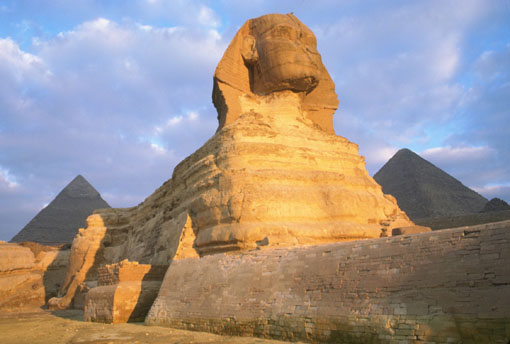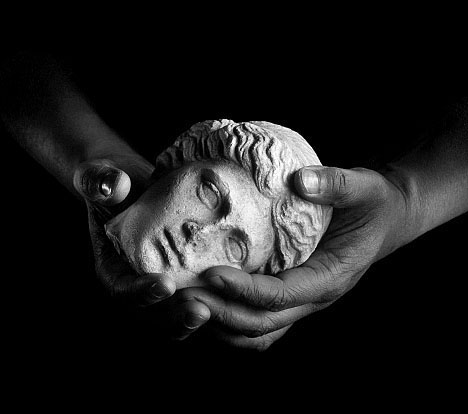|
|
HISTORY  |
The ancient Egyptians moved their hands across the surface of the body to scan and monitor changes in temperature. The fingers acted as sensors and the brain interpreted the relevant changes. They could effectively evaluate the rise in temperature over a period of time. It could be isolated to a specific area, or determined that there was a general increase over the entire body. The Greek Physician, Hippocrates, wrote in 400 B.C. "In whatever part of the body excess of heat or cold is felt, the disease is there to be discovered." The ancient Greeks immersed the body in wet mud. The area that dried more quickly indicated a warmer region, and was considered the diseased tissue. (ref. Thermography & Personal Injury Litigation. Wiley Law Publications, Samuel Hodge Jr., 1987. pg. 71) |
A recent informative
review and blog on the development of
thermal imaging technology can be located at the following link: http://www.inlec.com/blog/2013/07/how-does-thermal-imaging-technology-work/ |
Heat is a property of
the body. Temperature refers to a certain
standard of reference. The use of hands to
measure heat emanating from the body remained
well into the sixteenth and seventeenth
centuries. It wasn't until Galileo, who made a
thermoscope from a glass tube, that some form of
temperature sensing device was developed, but it
did not have a scale. It was the work of Fahrenheit, who fixed a lower point by using salt with ice water and ranged to boiling water at 212 degrees. Celsius, in 1742, created a decimal scale, using "zero" as the boiling point of water and 100 as the freezing point. His scale was reversed by the Swedish botanist Linnaeus. Increasing heat was indicated by higher temperatures. Prof. Carl Wunderlich of Leipzig in 1868 advanced the use of thermometry in medicine with the first set of temperature charts on individual patients with a wide range of diseases. He proposed the design of the present day clinical thermometer, which is now slowly being replaced by disposable sterile thermocouples and radiometers for middle ear temperature. (ref. Prof. E.F.J. Ring, Royal National Hospital for Rheumatic Diseases, Bath, England. University of Glamorgan - Inaugural Lecture Jan. 28th, 1997) |
| The use of liquid
crystals became another method of displaying
skin temperature. Cholesteric esters can have
the property of changing color with temperature,
and this was established by Lehmann in 1877. The
practical application involved the use of
elaborate panels that encapsulated the crystals
and were applied to the surface of the skin, but
due to a large area of contact, they affected
the temperature of the skin.
All the above
methods for measuring human body temperature
are contact methods. The major advances of the
last 30 years have been with infrared thermal
imaging.The surface of the human body is a
highly efficient radiator and it is possible
to detect the infrared emission from the skin,
and create a thermal map of temperature
distribution by remote sensing. (ref. Prof. E.F.J. Ring,
Royal National Hospital for Rheumatic
Diseases, Bath, England. University of
Glamorgan - Inaugural Lecture Jan. 28th,
1997) The astronomer, Sir William Herschel, in Bath, England, discovered the existence of infrared radiation by trying to measure the heat of the separate colors of the rainbow spectrum cast on a table in a darkened room. He found the highest temperature to fall beyond the red end, which he reported to the Royal Society as Dark Heat in 1800. His son, Sir John Herschel, who was more interested in photography, managed to record the heating rays on the infra red side of red by creating an evaporograph image using carbon suspension in alcohol. He termed this image a thermogram. The foundation was laid for the advances that would come over a century later with the sophisticated thermal imaging devices that are used in military, industrial and medical applications.
|
|
| LEARN
MORE. Receive
updated material on infrared thermal
imaging. Please complete the form below: Email
address: teletherm@thermology.com |
(C)
Copyright 2005-2019 Teletherm color palette
designation EYESC3, EYECLOSE1, Teletherm
Infrared Systems / Research - Asheville, NC -
Tampa, FL. USA. All rights are
reserved worldwide.
